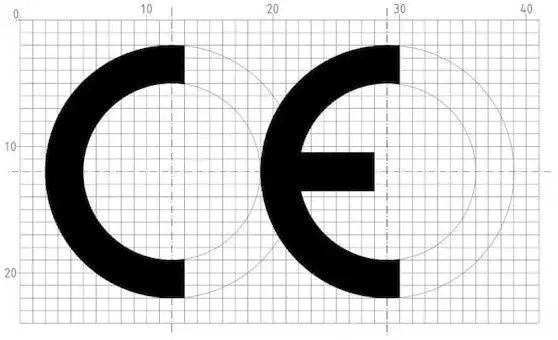This page goes into MDR medical device regulation. What does it take to comply with mdr regulation, what are the new rules and how do you manage to get your medical device approved? As a partner to many medical device startups and companies, BAAT Medical makes sure your product complies with the medical device regulation (MDR).
The outsourcing of CE applications and FDA approvals (the old MDR regulation) is one of the services BAAT Medical can handle for you. BAAT is a preferred partner and expert in medical device development, and we have the experience and know-how to transform your medical innovation into a product with manufacturing route, CE application, quality contrel and operations. All in line with the new MDR medical device regulation.
All medical devices in the EU must bear the CE mark; it can be viewed as the ‘entry ticket to the EU market’. To get this mark on your medical device, it must meet the European regulations. Since 1993 this has been the Medical Device Directive (MDD), but a new MDR Medical Device Regulation (Regulation 2017/745 on medical devices) replaces that as of 26 May 2020. The MDR is more stringent than the MDD. There are updates in the risk classification of medical devices, requirements, increased oversight by notified bodies and more emphasis on clinical data and monitoring the device once it is on the market.

The MDR defines several risk classes. Involvement from the authorities increases with higher risk products. The risk classification is based on 22 rules assessing several aspects that affect the risks associated with the device. For example invasiveness, duration of use and sterility. Each device falls into one of the following risk classes:
Compared to the MDD, the MDR has added new classification rules; most notably related to substances and software. It also introduces a new class for reusable Class I products: Class Ir.
The MDR contains General Safety and Performance Requirements (GSPR) to which conformity must be shown. These requirements cover topics such as patient safety, biocompatibility, usability, labelling, and many more. The medical device regulation covers a wide range of devices; to suit the various devices, the requirements are often high-level. Following (harmonised) standards is the recommended way to show you meet these requirements.
Compared to the MDR’s Essential Requirements, the GSPR covers similar topics; some additional requirements are adopted from harmonised standards and there is more focus on risk and labelling.
What is a notified body for medical devices? As manufacturer you must officially declare that your product conforms to the requirements from the MDR. For this, you must have technical documentation to support that your development process and resulting product to are conform the regulations.
For medium or high-risk medical devices, a Notified Body assess conformity before the device can be placed on the market.
When the device is on the market you must track the safety and performance and, depending on the classification, submit a summary at the notified body for review each year.
The MDR increases the notified bodies’ workload to get and keep medical devices on the market; the requirements and supervision on the notified bodies themselves have also increased.
Medical device manufacturers’ responsibilities don’t end when the product reaches the market. You must keep an eye on the product for as long as it is on the market. The process of continuous tracking and regular re-confirmation that the medical device can continue to be marketed is Post Market Surveillance. Learn more about this process in Post Market Surveillance PMCF.

When you transform your idea into an MDR compliant medical device, you will encounter hurdles. Contact us today to use our experience to navigate the intricacies of working with a notified body and get your product CE marked. As your full-service medical device company, we are partners for the complete journey and are only satisfied when your medical device is successfully treating patients.